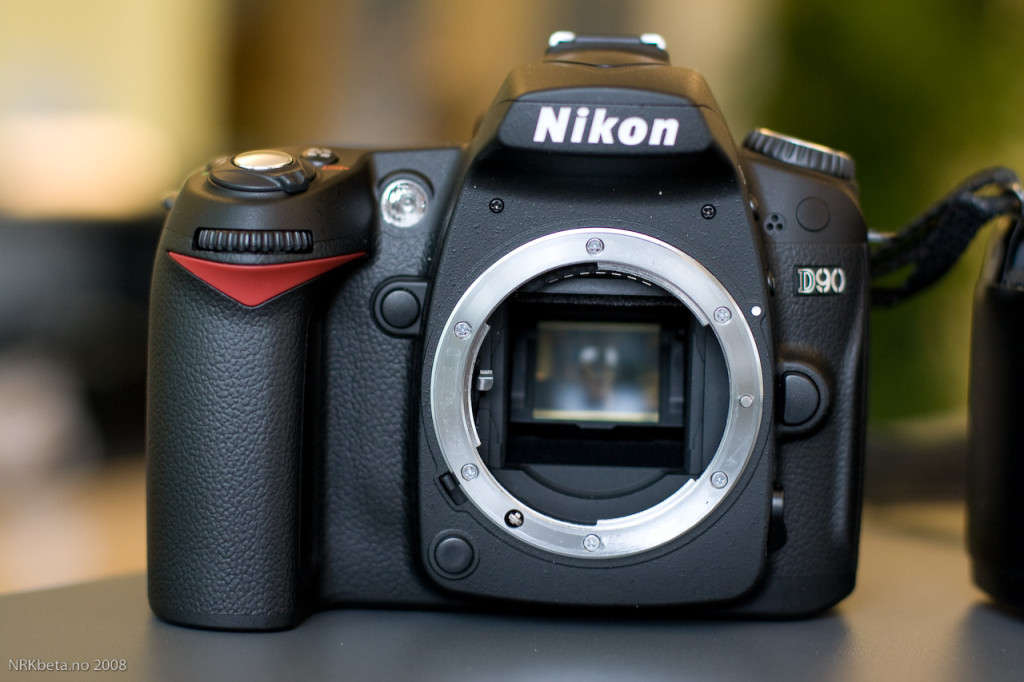The Nikon D90 was a very popular DSLR back in 2008 when it was released and still is a substantial camera.
Using any camera in astrophotography gets you to a point where you need various details about the sensor, in order to calculate the Field Of View with a particular lens or telescope, be able to plate solve your astro images and a lot of other things.
Interestingly there was very little in-depth information about Nikon D90 Cmos sensor and its internals in general, so here is a list of all the info i have gathered over time for the particular model.

| Brand | Nikon |
|---|---|
| Model | D90 |
| Effective MegaPixels | 12.30 |
| Sensor dimensions | 23.6 x 15.8 mm |
| Sensor type | CMOS |
| Sensor resolution | 4281 x 2873 |
| Crop factor | 1.52 |
| Diagonal | 28.40 mm |
| Surface area | 372.9 mm² |
| Pixel pitch (size) | 5.51 µm |
| Pixel area | 30.36 µm² |
| Pixel density | 3.29 MP/cm² |
| ISO | Auto, 200 - 3200 (plus 6400 with boost) |
| Exposure Compensation | ±5 EV (at 1/3 EV, 1/2 EV steps) |
The sensor has a surface area of 372.9 mm². There are approx. 12,300,000 photosites (pixels) on a NIKON D90 sensor.
Pixel pitch, which is a measure of the distance between pixels. Pixel pitch tells you the distance from the center of one pixel to the center of the next. Pixel size (pitch) is essential in astrophotography.
Pixel or photosite area is 30.36 µm². The larger the photosite, the more light it can capture and the more information can be recorded.
Pixel density tells you how many million pixels fit or would fit in one square cm of the sensor. Nikon D90 has a pixel density of 3.29 MP/cm².
One shot color camera sensors are usually arranged in a specific order, one of the most well known being the Bayer pattern.

The Bayer pattern in Nikon D90 in case you have raw files that you need to manually de-bayer them is GBRG (Green, Blue, Red, Green)